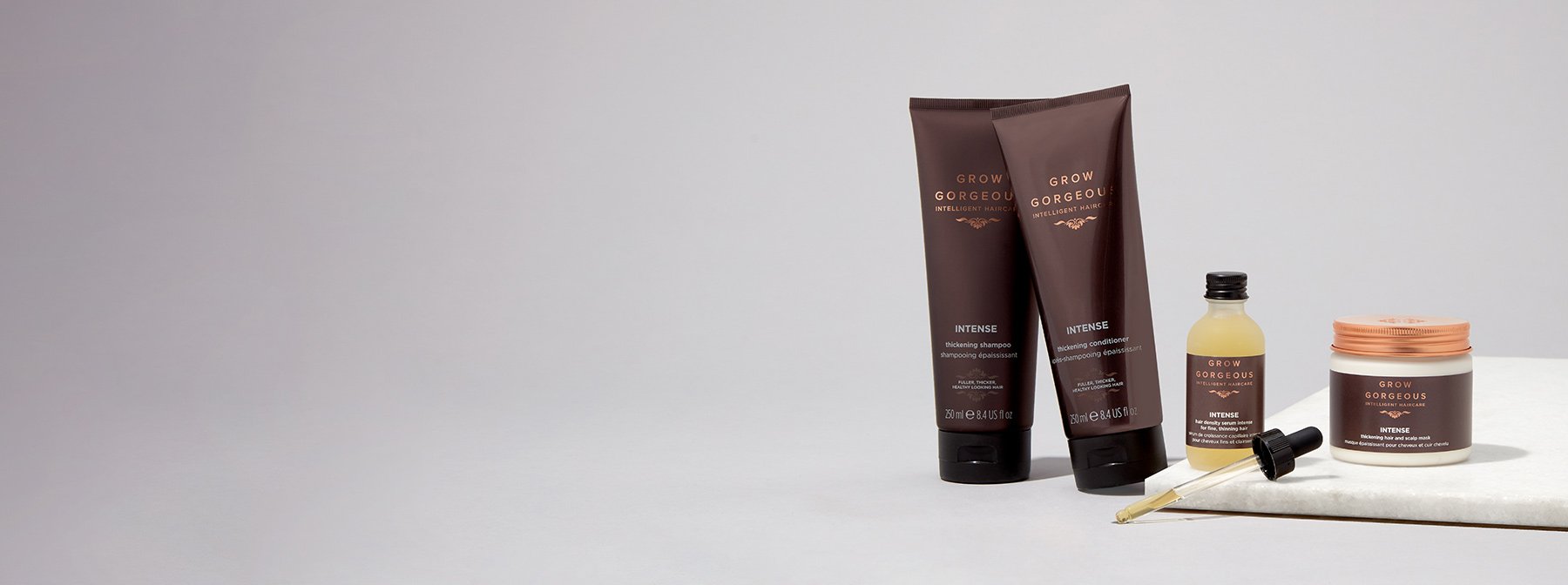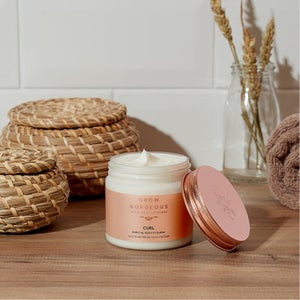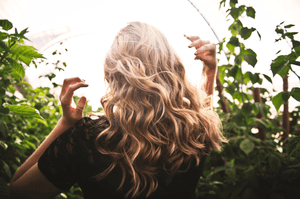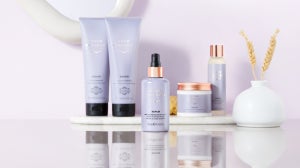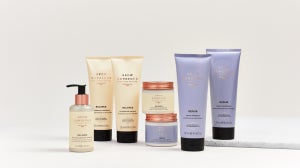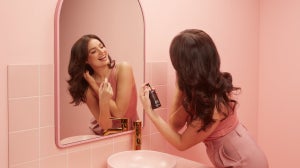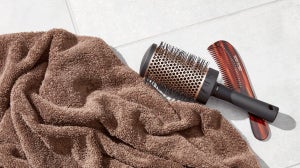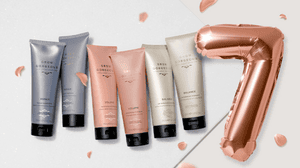
Discover why pregnancy hair loss is common for new mums and the difference between hair shedding vs hair loss when it comes to postpartum hair.
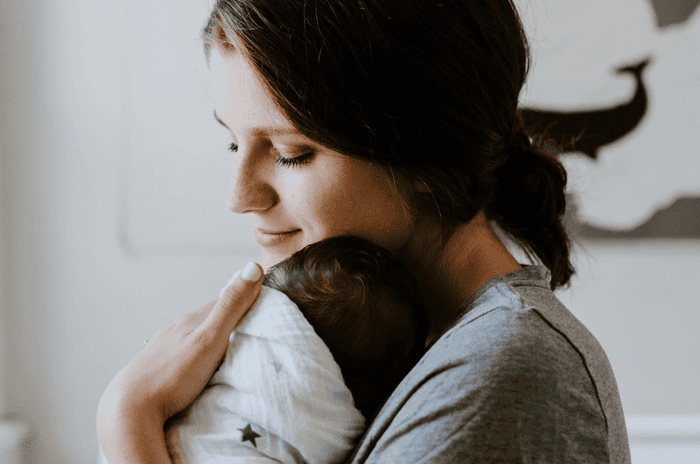
Firstly, congratulations Mama on the birth of your bundle of joy. We want you to know we LOVE you and you’re doing AMAZING! Our bodies go through many changes during motherhood and if you're experiencing pregnancy hair loss - you are not alone. The postpartum period involves you moving through many changes, both emotionally and physically. Are you wondering how long does postpartum hair loss last? And what can help during this new journey you’re on? Keep reading for our postpartum hair loss tips to help you rebuild your strength.
What is Postpartum Hair Loss?
Postpartum hair loss is termed Telogen effluvium and is caused by an increased number of hair follicles reaching the telogen phase, which is the stage where hair falls out. While you’re pregnant, you tend to have more anagen hairs (these are hairs in the growth phase). You also have a higher hair growth rate and diameter because of soaring estrogen levels.
The hair growth cycle can be explained in three phases:
The anagen – growing phase
The catagen – the transition phase
The telogen – the resting phase
You might have noticed that a lot of pregnancy hair loss information focuses on the postpartum period because some women actually lose fewer hairs while pregnant. This is because rising estrogen levels slow down the natural cycle of hair follicle shedding. After pregnancy, however, changing hormone levels mean that hair enters the shedding phase (the telogen), which women typically start to notice at around three months postpartum.
Hair Shedding vs Hair Loss
Hair shedding is a part of the normal hair growth cycle and it’s thought that both men and women lose an average of around 50 to 100 hairs each day. Hair shedding is part of the natural balance where some hair falls out and others grow in. The interruption of this balance when hair loss happens.
When considering hair shedding vs hair loss it’s important to understand that they are different. The medical term for hair loss is ‘alopecia’ and postpartum hair loss is considered as ‘excessive shedding’ because it's usually temporary and it will grow back. Telogen effluvium is a form of temporary hair loss that happens not only after giving birth but can occur after stress, a shock, or a traumatic event. It usually occurs on the top of the scalp but for new Mothers it's the front two sides.
How Long Does Postpartum Hair Loss Last?
The postpartum period begins after you have delivered your baby and ends when your body has begun to return to its pre-pregnant state. However, the main question on how long does postpartum hair loss last for changes from person to person. But... postpartum hair loss in women is completely normal and once your hormones level out you will begin to see a return in hair growth.
With telogen effluvium, it is common for hair to grow back within 3 to 6 months, which means you will begin to see noticeable change by your baby’s first birthday. Are there female hair loss treatments out there? The answer is YES. Pregnancy hair loss is only temporary and we recommend investing in a scalp serum to get vital nutrients to your scalp!
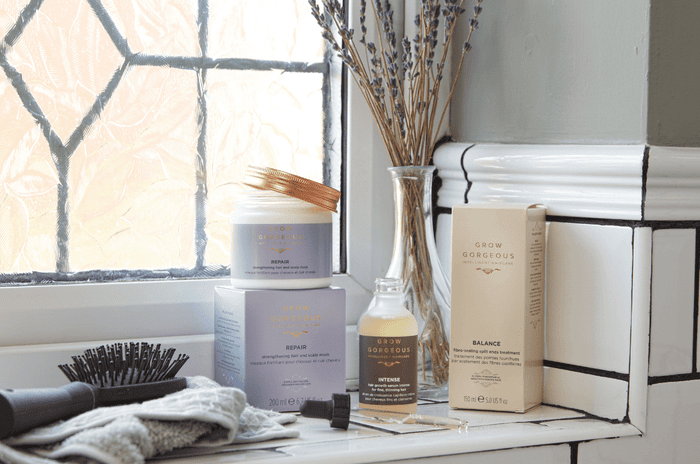
Our Hair Growth Serum Intense is the more concentrated version of Hair Growth Serum, with an extra 3% hit of caffeine, helping you to achieve visibly longer, thicker and stronger hair in as little as 4 weeks*. If you’re concerned about hair loss after pregnancy – this is the product for you.
What Helps Postpartum Hair Loss?
You need to take good care of yourself to rebuild your strength. You will need plenty of rest, good nutrition and help during the first few weeks. Discover GG’s 5 top tips for postpartum hair loss...
1. EAT YOUR FRUITS AND VEGGIES
Adequate nutrition is essential for growing and maintaining strong, lustrous locks - but which nutrients will help your thinning hair? Protein, Biotin, Iron, Vitamin C and Omega-3 are your haircare saviours.
2. REDUCE HOT TOOL DAMAGE
While new hairs are growing it’s important to keep them healthy for optimum strand growth. Keep hairdryers on low heat and avoid straighteners.
3. LIGHTWEIGHT HAIRCARE
Lightweight shampoo and conditioners are a must for thinning strands because the ingredients won’t weigh your hair down. The best caffeine shampoo for hair loss? Our Intense range has been formulated with an extra kick of high-performance active ingredients including Caffeine, Allantoin and Ceramide for fuller, thicker and healthier-looking hair.
4. TRY A NEW HAIRSTYLE
If hiding your postpartum regrowth is what you’re looking for, we know long bangs can easily blend postpartum regrowth. Speak to your stylist to see what fits into your new motherhood lifestyle.5. ASK FRIENDS FOR SUPPORT
It’s vital to have a good support network around you to know you’re not alone in your hair loss. Don’t have friends or family nearby? Look out for Facebook groups for new mums that offer support and encouragement - you got this Mama!How can I style my postpartum hair regrowth?
We’ve scoured the internet looking for hairstyle tips from new mums and how they style their postpartum baby hairs. The top styling videos we’ve found AND loved are by Desi Perkins and Cambria Hauck. Keep reading for some quick blow-drying tips...
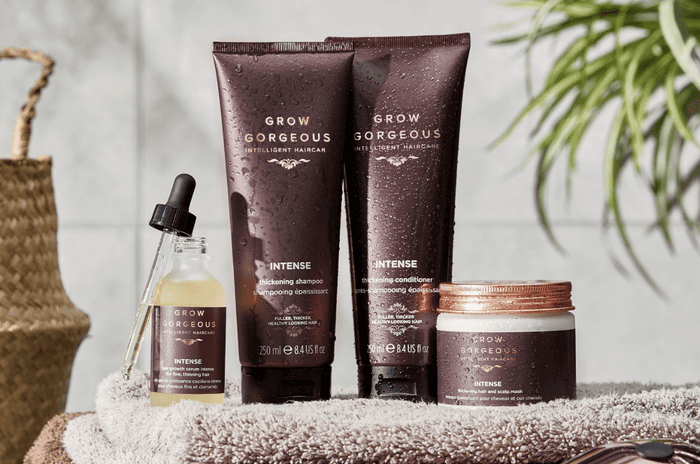
Start the blow-dry by drying your baby hair first
To control how the postpartum baby hair sits at the front of the face use a hairdryer and point hair downwards towards the face not away from it. If the baby hairs are pointing downwards it's easier for you to blend them with other strands of hair
Use low heat as you don’t want to damage the new baby hair strands
For more control and to reduce frizz: section off the front of your hair and dry that before the other sections. This will give more control over your hair texture as it won’t have a chance to curl/wave
Make sure you are blow-drying in a downwards direction and only blowing up towards the ends of hair (not including your baby hairs).
Use a soft bristle brush to reduce frizz
Pin/clip the front section down in place before continuing with the rest of the hair
SHOP THIS POST:

